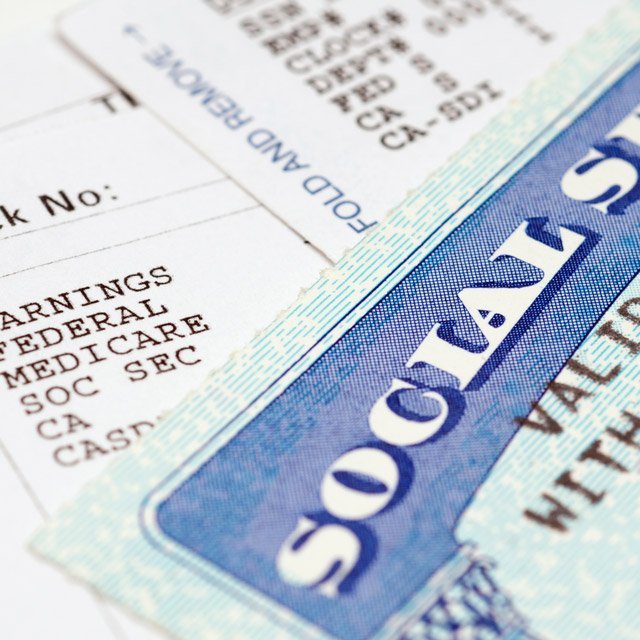Cheat Sheet: 10 Social Security Facts Every Advisor and Client Should Know

Considering that Social Security will be a large percentage of retirement income for many people, advisors need to be conversant in some basic facts about the benefits.
They don’t need to be Social Security experts, but should be able to highlight important facts once clients reach the age when they can collect their benefits. Further, they should give them direction on who or where to go for more details.
Here’s a cheat sheet for advisors to address when clients near Social Security claiming age. But this is only a beginning. Social Security is a complicated topic, with many layers and nuances that can affect clients.
For now, here are 10 areas that should at least be discussed with clients. We’ve linked to more in-depth articles by experts in the area. More information also can be found at ssa.gov.
1. Full (or normal) retirement age is 66 to 67.
For anyone born in 1943 or later, the FRA is 66 plus an additional number of months depending on birth date. For those born in 1960 and later, FRA is 67.
That said, anyone can retire and receive Social Security benefits at age 62. Clients must be warned, however, that their monthly benefit amount will be permanently reduced as much as 30% from their primary insurance amount — the amount they would receive if they claimed at FRA.
2. Waiting to receive Social Security beyond FRA results in a benefit increase of 8% per year.
That means if a client would receive around $36,000 a year at FRA, starting benefits at age 70 would get them roughly $49,000 a year, a 36% increase. In today’s markets, an automatic 8% increase in return is difficult at best.
3. Lower-earning spouses can claim on their spouse’s Social Security record.
The lower earner must be at least 62. The higher earner must already be receiving benefits and they must have been married for at least a year.
But this area has several contingencies. For example, the lower earner with their own credits must claim all available benefits at once (called “deemed filing”). Their own benefit is paid first. If it is less than half of the higher earner’s primary insurance amount, the lower earner gets a “spousal top-up.” The combined total amount is up to 50% of the higher earner’s PIA. If the lower-earning spouse has a PIA greater than 50% of the higher earner’s PIA, there is no additional spousal benefit.
This is allowed if they were married more than 10 years and the divorce has been final for two years. It won’t affect their ex’s benefits, and it doesn’t matter if the ex has remarried. But if the receiving spouse has remarried, they can’t claim the ex’s benefits. Also, if both current and ex-spouses have died, the survivor can claim the benefit that is higher.




